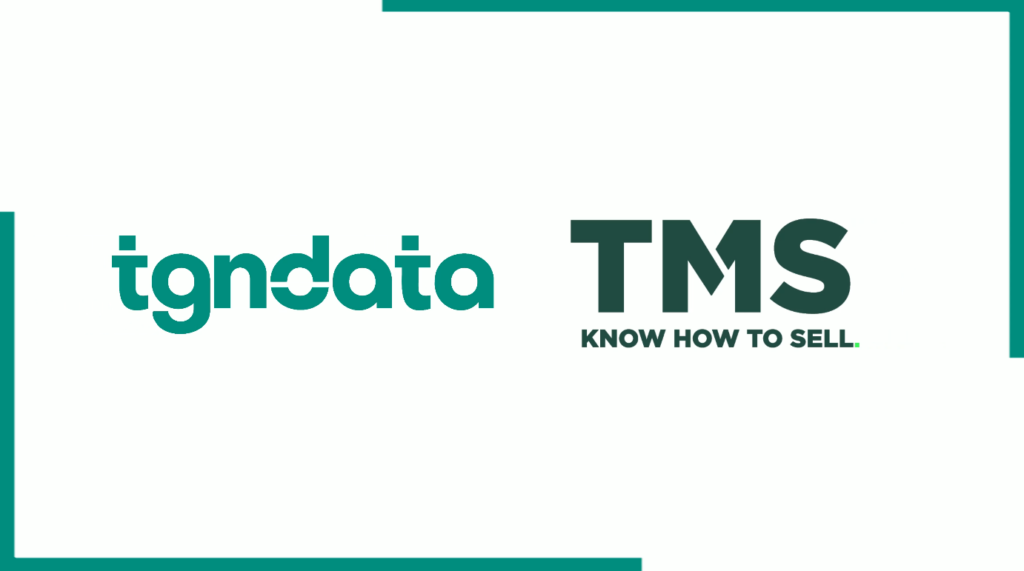Edit Content
In today’s globalized market, cross-border e-commerce offers a thrilling opportunity to expand your reach and tap into new customer bases. But pricing your products right for international audiences can be tricky. A price that seems perfect at home can turn disastrous abroad. Here’s your guide to crafting a winning cross-border pricing strategy, along with inspiring examples of companies who’ve cracked the code:


Pro-Tips for Pricing Domination
By mastering these strategies, you can transform your cross-border e-commerce venture into a global success story. Remember, the right pricing strategy is like a magic key, unlocking new markets and propelling your business to new heights. Just like the companies mentioned above, with careful planning and a data-driven approach, you can turn your cross-border e-commerce dreams into reality.













Missing an important marketplace?
Send us your request to add it!